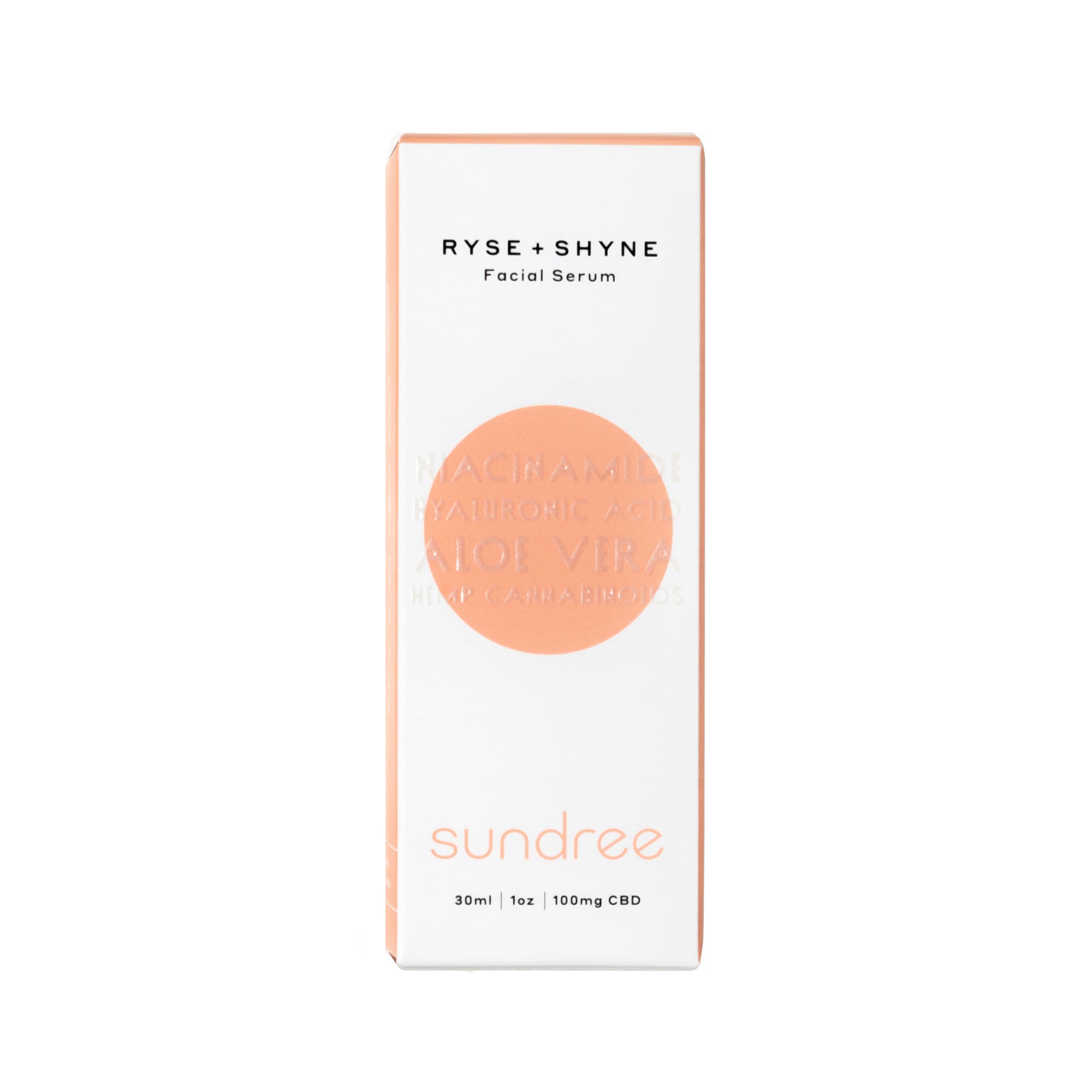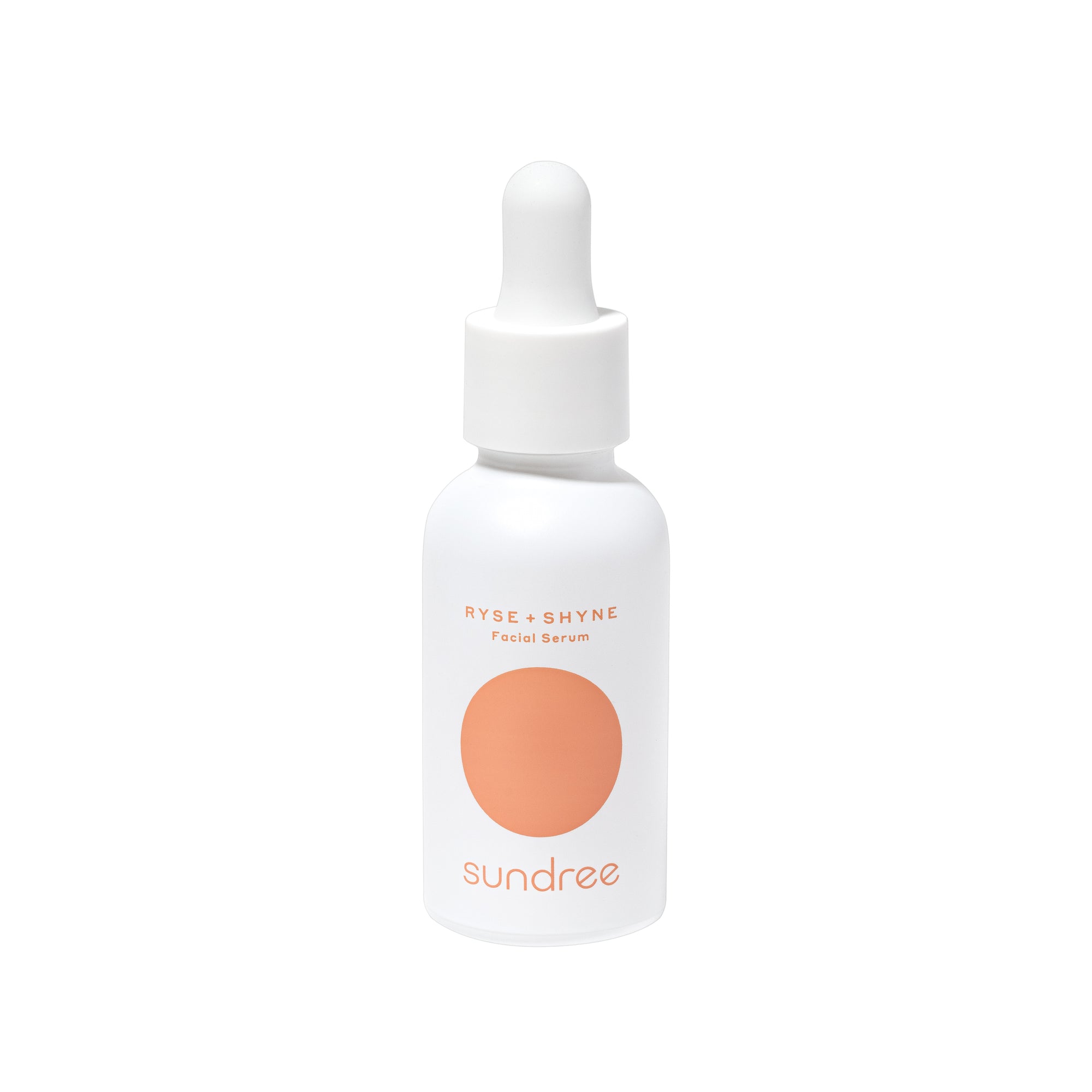Thanks to the clean beauty revolution, natural oils, and serums have become popular and mainstream in our skincare routines now more than ever. Before, it was common for skincare enthusiasts to avoid applying facial oils to their skin, dreading that it would make their skin greasy and prone to various skin issues. However, natural oils have become integral to the skincare and beauty industry. This is evident from the addition of natural oils to skincare products to reap their nourishing, moisturizing, anti-aging, and soothing properties.
Squalane is among the most raved-about facial oils introduced into skincare products for its protective, restorative, and moisturizing effects. Let’s dive deeper into why the skincare world has been buzzing about this natural compound lately.
How Squalane Differs from Squalene?
Did you know that these are two different compounds? Well, you’re not alone. Squalane is quite commonly confused with squalene. So let’s help you understand what sets them both apart.
Squalene may be a new skincare compound that's been added to skincare products, but it has been around for centuries. It has been used in traditional medicine in many Asian cultures for centuries. This multipurpose oil is famous for its personal care and health benefits.
One of the most notable factors that make squalene so great for the skin is that the human body produces this oil naturally, making up about 10-13% of the natural oil, or “sebum", that protects and moisturizes our skin. Unfortunately, the synthesis of squalane in the body declines with age and may lead to dryness, causing an imbalance in the skin’s moisture barrier.
Hence, skincare products with squalane or squalene can aid in replacing the reduced amount of this compound in the skin. The consistency of squalene oil is watery and gel-like, making it suitable as a starter for beginners or those with an aversion to oils.
Squalane is essentially a byproduct of squalene. Squalene is hydrogenated to procure squalane from it, while squalene is derived from vegetable oils and shark liver oil. Squalene helps dry skin and helps reduce sun damage, fine lines, and wrinkles. On the other hand, squalane has a longer shelf life, a lighter consistency, and is better for oily and acne-prone skin. Also, since squalane mimics the chemistry of the skin and its natural oil, the skin loves it.
The Sources of Squalene
Squalene is present in large amounts in the livers of mature sharks, specifically deep-sea sharks, where many went for squalene. However, now more brands are moving to the plant-derived version of squalene, which has become more common to preserve marine life. Squalene procured from these sources is a superior quality miraculous compound, great for skincare and health purposes.
Types of Squalane Oil
There are two types of squalane oils depending on the source of their origin; olive and sugar cane. Here is how each is extracted and processed for multiple uses:
- Olive Squalane: It’s one of the primary sources of plant-derived alternatives to squalane from shark liver. Olive oil squalane goes through hydrogenation to produce more stable and non-oxidative squalane. Although it’s derived from olive oil, it’s nothing like oil. Most vegetable oils comprise long molecules composed of fatty acids and glycerin. An oil may feel light or heavy and get absorbed quickly or slowly, depending on the type of fatty acids in the molecules. Squalane is a lightweight molecule that seeps quickly into the skin and makes your skin soft and smooth. It makes a good emollient and can be used as a carrier oil.
- Sugarcane Squalane: Sugarcane squalane is another sustainable and reliable source of squalane for cosmetics and skincare products. While olives are climate-dependent and volatile, sugarcane is a better alternative to shark liver squalane. It’s a higher-quality and purer ingredient as compared to shark liver squalene. Sugarcane squalane is biodegradable, is easier to produce than olive squalane, and yields a stable supply. It’s also non-greasy and lightweight, like olive squalane, making it suitable for use as a facial oil and a skincare ingredient.
What are the Skin Benefits of Squalane?
Whether obtained from olive or sugar cane, squalane holds great benefits for the skin, making it fit into all sorts of skincare formulations. Here is what this magical skincare compound can do for your skin:
- Suitable for All: It’s understandable to avoid using oils on the skin due to the fear of irritation, greasiness, and clogged pores. Since squalane is a super-light, odorless, and non-irritating oil, it makes a fantastic skincare ingredient for all skin types, ranging from dry and sensitive skin to acne-prone skin.
- Moisturizes the Skin: Squalane mimics the composition of the oil naturally produced by the skin, which acts as a deeply moisturizing and protecting agent. When used topically on the skin, squalane helps to hydrate and moisturize the skin intensely. A well-hydrated and moisturized complexion appears and feels plumper and softer, giving the skin a youthful and radiant look.
- Fast-Absorbing Ingredient: Squalane, a lightweight compound, can seep faster and deeper into the skin. As squalane sinks quickly into the skin, it results in a quicker and more intense supply to the skin. So, if you’re looking for an instant boost of plumpness and hydration to the skin, squalane is your best bet.
- Great for Acne-Prone Skin: This lightweight, non-greasy, and gentle skincare ingredient is popular among skincare devotees struggling with oily and acne-prone skin or prefer lightweight skincare products for their skin.¹ Squalane aids in regulating the synthesis of sebum and reduces excess oil production in the skin. So, you don’t have to stress about an oily or shiny residue after applying squalane oil or skincare products containing this oil. Also, it has antibacterial properties that fight acne-causing bacteria.
- Calms Inflamed Skin: Squalane is gentle, so it should not cause irritation or inflammation to sensitive skin. Since it is an odorless and non-irritating oil, it can be a suitable remedy for those striving to manage inflammatory skin issues, such as eczema, dermatitis, and psoriasis. Its healing effect repairs and prevents redness, itching, and dryness.² So, if you suffer from sensitive skin, you may want to add squalane to your skincare regimen.
- Combats Oxidative Stress: We all know that oxidative damage is the biggest enemy of our skin that causes all sorts of skin problems, particularly wrinkles, age spots, and fine lines. Squalane can naturally fight off free radicals, protecting the skin against premature aging. It can also help to reduce and prevent skin discoloration due to cell damage caused by UV rays and other pollutants.³
- Lip and Eye Treatment: Squalane oil makes a great ingredient for treating and preventing dryness, wrinkles, and discoloration around the eye area. It works on the thin and sensitive under-eye area. Furthermore, it acts as a natural moisturizing and repairing lip balm that heals chapped, dry lips.
- Non-comedogenic Compound: Most natural oils are notorious and often feared for clogging the pores, leading to a number of skin issues like blackheads, acne breakouts, hyperpigmentation, and even wrinkles. Squalane oil is among the top natural oils that do not clog pores. Since it’s not heavy or comedogenic, it is worth a try for people trying to get rid of blackheads, acne, whiteheads, and other issues due to clogged pores.
Final Thoughts
With the focus of skincare and beauty lovers shifting towards more natural ingredients, squalane has become one of the widely used skincare ingredients in the skincare industry. The moisturizing, repairing, and calming benefits of squalane make it ideal for treating and preventing many skin issues. This is why squalane has been used for healing and restoring actions for centuries. The common sources of plant-based squalane are olive and sugar cane, yielding a premium-quality compound for beauty and skincare products. We hope this article has given you a glimpse into Squalane.
Citations:
- S. Brooklyn. (2022). ‘Adult Acne: What it is and how to treat it’, Sundree. Accessed March 3, 2023. Available at: https://sundree.com/blogs/news/adult-acne-what-it-is-and-how-to-treat-it
- Mayo Clinic Staff. (2023). ‘Dermatitis’, Mayo Clinic. Accessed March 3, 2023. Available at: https://www.mayoclinic.org/diseases-conditions/dermatitis-eczema/symptoms-causes/syc-20352380
- Nazario, Brunilda, MD. (2021). Causes of Skin Discoloration’, WebMD. Accessed March 3, 2023. Available at: https://www.webmd.com/skin-problems-and-treatments/ss/slideshow-causes-of-skin-discoloration













